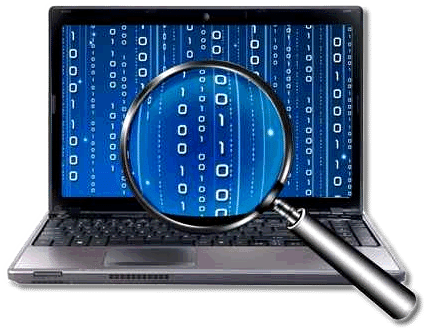 [Editor’s Note: John C. Ellis, Jr. is a National Coordinating Discovery Attorney for the Administrative Office of the U.S. Courts, Defender Services Office. In this capacity, he provides litigation support and e-discovery assistance on complex criminal cases to defense teams around the country. Before entering private practice, Mr. Ellis spent 13 years as a trial attorney and supervisory attorney with Federal Defenders of San Diego, Inc. He also serves as a digital forensic consultant and expert.]
[Editor’s Note: John C. Ellis, Jr. is a National Coordinating Discovery Attorney for the Administrative Office of the U.S. Courts, Defender Services Office. In this capacity, he provides litigation support and e-discovery assistance on complex criminal cases to defense teams around the country. Before entering private practice, Mr. Ellis spent 13 years as a trial attorney and supervisory attorney with Federal Defenders of San Diego, Inc. He also serves as a digital forensic consultant and expert.]
CJA panel attorneys frequently ask me for strategies for how to manage and review computer forensic images they receive in discovery. It is a great question. Forensic images are often difficult for CJA panel attorneys to access, and they can contain an immense amount of information (often much more than the rest of the discovery production). Without opening them, they already know that a lot of the information in the forensic image is irrelevant. But they also know that often crucial information is in the forensic image that is important for them to know so they can prepare their client’s defense.
Short technical background:
There are two ways data from a computer is provided in discovery:
- Duplicates, which refers to “an accurate and complete reproduction of all data objects independent of the physical media”; or
- Forensic Images, which refers to “a bit stream copy of the available data” (see SWGDE Digital & Multimedia Evidence Glossary, June 2016).
Usually the government provides forensic images. The forensic image is created using specialized software such as opentext EnCase or AccessData Forensic Toolkit (FTK). These forensic images cannot be opened without specialized software. Although there are free viewer programs, such as AccessData’s FTK Imager, which enable users to review the contents of forensic images, the process can be time-consuming and difficult.
Computer Forensic Reports
Isn’t there a better way? Yes, there is. Computer Forensic Reports (there are caveats). But first, why are they important and relevant to you?
Besides the forensic image that the government provides you, they may also provide you something called a Forensic Report (or forensic program generated report). Two common examples for computers will be an EnCase Report or an FTK Report. These reports, generated through the forensic software program, can allow you to see and review the information extracted from the image in a more user-friendly way. This can frequently mean you won’t need to use a forensic image viewer or a computer expert to assist you.

FTK HTML Report
Now these computer forensic reports are not the same as a law enforcement report written by an agent discussing what information was on a computer and describing the evidence they think may be relevant to the criminal investigation. These forensic reports are generated through the forensic tool that was used to examine the data found on the device.
So, the first thing you should do when the government provides a forensic image to you is to ask the government if they have a forensic report as well and request a copy.
Forensic reports are useful because they can make it much easier for a legal professional to review data extracted from the device without having to use a forensic tool. Since most forensic examiners work with law enforcement, they typically create these reports for case agents and prosecutors. The information in the report can include information about documents, images, emails, and web browsing history. These reports often show both the content of a file as well as the metadata (such as the date the document was created). These reports are limited to the data extracted from the original device, the parameters of the forensic program, and the choices made by the forensic examiner.
The forensic reports can be provided in a several formats, including PDF, Excel and HTML. Many forensic tools also include a reader or viewer program that is proprietary to the forensic too, such as Magnet’s AXIOM Portable Case, opentext’s EnCase and AccessData’s FTK also have reader or viewer programs. These forensic reports allow legal professionals to search, review, sort and filter information in ways that can be superior to reviewing the reports in PDF, HTML or Excel formats.

Axiom Portable Case
These reports are valuable and frequently provide most of the information that a legal team will need to understand the contents of a forensic image. It should be noted that forensic reports may not contain all data that was on the original digital device. Therefore, counsel should consider engaging a forensic expert or consultant when he or she does not understand the forensic report or image.
[NOTE: Law enforcement will frequently generate a forensic report after completing an extraction from a mobile device. A common forensic report seen in federal criminal cases is a Cellebrite Reader Report. See the Mobile Forensic Reports post for more details.]